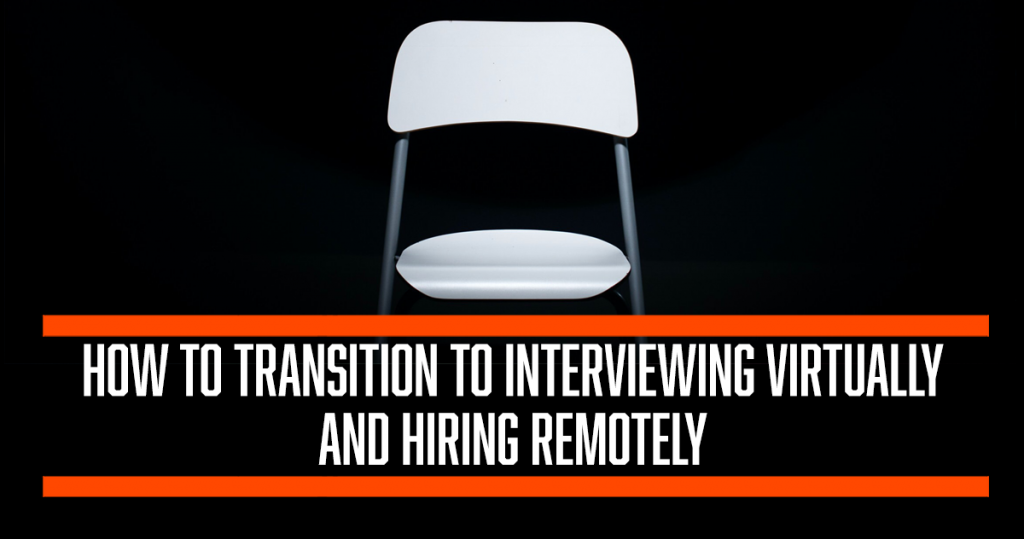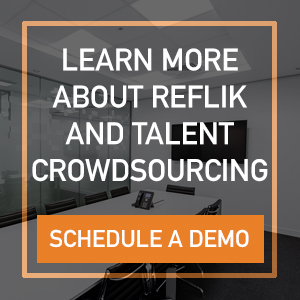
COVID-19, or coronavirus, has forced most businesses to rethink how they run daily operations, particularly when hiring. Processes such as bringing a candidate in for an interview are no longer an option for most companies due to office safety rules. However, for businesses that are able to maintain continuity through remote work, vacancies are being filled through a fully online interview process.
Is your business looking to hire while unable to call candidates for on-site interviews?
Below are a few steps that can help you transition to interviewing virtually and hiring remotely.
Ask for Documentation Ahead of Time
If your business requires candidates to bring documentation to the interview, then this can and should be handled remotely. Ask the candidate to send scans or photographs of their degree certificates, professional qualifications, and proof of identity. Handle the documentation separately and leave the time reserved for the video interview solely for that purpose. This applies to any information you would require a candidate to bring to the interview under normal circumstances.
Meeting Space Setup
With millions of Americans working from home and schools closed, families are sharing working and living space. That can mean noise and interruptions from children, partners, and pets. This is where a home office is vital – somewhere quiet where foot traffic is kept to a minimum. Give due consideration to the home office setup. A light source should be in front of the interviewer or to the side, never behind as it usually creates a silhouette effect. The office space placement should be in a place where the Wi-Fi signal is strongest; alternatively, consider using a Wi-Fi booster device to maximize the room’s signal.
It is also important to mindful that all parties are giving up a level of privacy when working from home or other-workspaces. Therefore, decision-makers involved in the interview process should be conscious of preventing any bias or judgment on candidates’ home life, personal aesthetic, or other socioeconomic factors.
The Right Equipment
Hopefully, hiring managers already have the equipment they need to carry out the scheduled interviews over the coming weeks. At the very least, you will need:
- Laptop or desktop: Video conferencing needs a stable internet connection, and enough memory and processing power to handle high quality video. Video is always better quality on a desktop or laptop than on a smartphone or tablet
- Earphones/headset: They serve two purposes. The first is to eliminate problems that make communication difficult, like feedback and echo. The second is privacy when discussing sensitive information
- Webcam: Most laptops have a built-in webcam. Dedicated external webcams are superior and sometimes come with extra features such as a microphone socket or HD video quality. Images are typically crisper too, and you can use headphones and a microphone simultaneously
- Smartphone clamp: For video interviews, mobile phones should only be used when there is no other choice. Image quality is not the best, and image deterioration is a common problem. If you have no other choice, get a good clamp and put it in a stable place to avoid camera shake
- Software: Before the interview, check which medium the candidate prefers to use and familiarize yourself with it. Zoom is the most common, but it doesn’t matter whether you use Microsoft Teams, Skype, or others. What is important is that both the interviewer and interviewee are familiar with the software
Be Patient with Yourself and the Candidate
This is a difficult situation and many businesses and individual hiring managers are still adapting. Employees are still adapting too; even those who are used to working from home may not be completely comfortable with the process or the software they use to communicate.
Despite all the preparation in the world, things can go wrong. Either you or the candidate will run late, one of you will struggle to get online or maintain a connection, their child or dog may wander into the room. Delays and unique circumstances happen with virtual interviews just as they do with in-person interviews. Be sure to put yourself in the candidate’s shoes and be patient.
Onboarding New Employees
It is possible to onboard new employees right now without meeting them in person; you don’t need to wait until the pandemic is over and restrictions are lifted. You can carry out background checks remotely. If you require the candidate to pass technical tests, drug screening, identity and security evaluations, or even fingerprint testing, all these are possible remotely. Businesses already utilizing background check services find the process to onboard their new employees quick and efficient, with minimal disruption.
Finally, dispatching company equipment such as smartphones, laptops, tablets, and any other equipment from your business to the new employee’s home is simple. These can be couriered with the delivery companies maintaining strict social distancing rules.
If your company is actively hiring and needs support finding interview-ready candidates who are able to start working despite the unprecedented circumstances, schedule a demo with Reflik to see how our services can enhance your recruiting process even during COVID-19.


